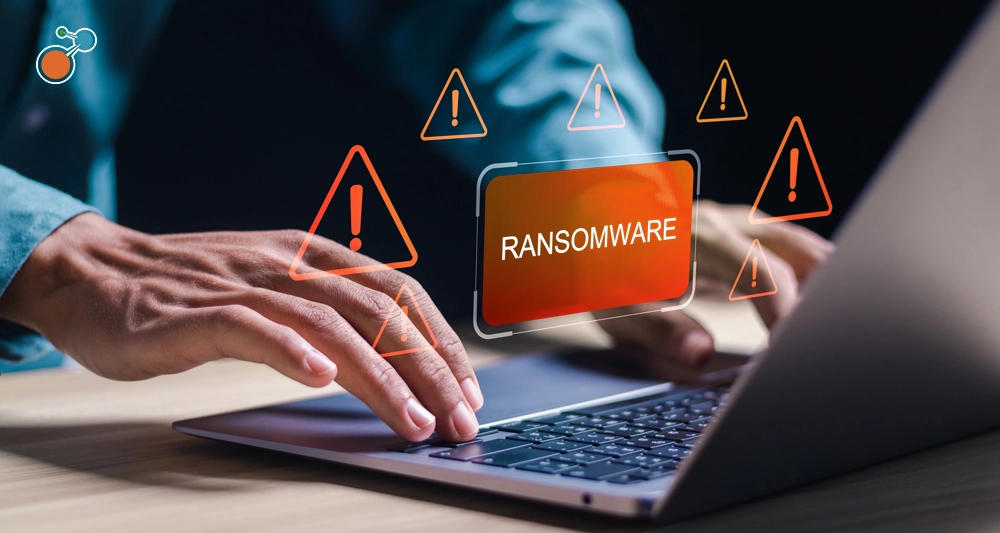Though risk has always been an integral part of every commercial enterprise, the last few years have arguably seen more business uncertainty than ever in modern times. Organizations and insurance firms—aided by technologies like AI/ML and the cloud—have been actively refining tools and methodologies for evaluating and quantifying risk. Several hundreds of years before that, insurance entities had already started developing innovative ways for calculating, quantifying, and perhaps most importantly, controlling risk. The risk quantification endeavor continues to this day; however, if the pandemic has taught us anything, it’s that the efficacy in calculating uncertainties may be ultimately at the whim of forces completely out of our control. That said, barring natural disasters and pandemics, organizations these days are aided by sophisticated risk management processes, programs, and instruments that enable them to resiliently navigate traditional business arena uncertainties. One of these critical measures is the Total Cost of Risk (TCOR) or the aggregate cost of MANAGING AN ORGANIZATION’S RISKS and incurring losses.
Defining Total Cost of Risk (TCOR)
Though exact definitions may vary per organization, the general definition of TCOR describes the metric representing the success of an organization’s risk management programs and processes. Specifically, TCOR is calculated with an equation that includes the total cost of the components required for taking on risk. These components are typically grouped into three categories: the cost of indirect losses, the cost of direct losses, and expenses related to risk management administration.
Cost of Direct Losses
These include all self-insured/uninsured losses sustained by the organization. For example, immediate property damage resulting from a disaster or accident would qualify as a direct loss.
Cost of Indirect Losses
Indirect losses typically involve scenarios leading to lower profits and/or productivity; this broad umbrella includes but is not limited to the following:
- Loss of product placement (e.g., a damaged storefront)
- Decrease in production capability
- Loss of reputation
- Loss of market share
- Fine and penalties
Risk Management Administration Cost
These costs usually consist of both internal and external claims and administrative expenses (e.g., claims reporting and investigation). TCOR is more often represented as a percentage of the organization’s revenue to more effectively normalize benchmarking efforts year on year.
5 Facets of TCOR Every Risk Manager Should Know About
If you’re a risk manager responsible for overseeing efforts to UNDERSTAND AND CONTROL RISK, the following 5 key facets of TCOR are crucial for better understanding and managing your firm’s risk exposure.
1. TCOR is critical for helping firms measure the efficacy of their risk programs.
As the ideal measure for evaluating an organization’s degree of success (or lack thereof) in risk management, TCOR provides an actionable metric for developing a focused risk/insurance strategy.
2. TCOR is typically calculated using the total cost of risk per $1,000 of revenue.
Because TCOR prescribes the use of revenue numbers for measurement/quantification, firms are well-positioned to measure and track the progress of their risk management programs over sustained periods (e.g., years)—especially in regards to optimizing/reducing internal expenditures.
3. All risk-related costs are used to calculate TCOR.
To calculate their TCOR, organizations must identify/track/monitor the cost of all risk-related components; this usually starts with insurance premiums, agent and broker commissions, and administrative costs, to name a few.
4. TCOR requires risk categorization as a precursor for metrics.
As mentioned previously, TCOR is expressed as a percentage of the organization’s overall revenues. To calculate this percentage, firms should first identify existing costs for each risk category.
5. By actively measuring TCOR, organizations can reap a multitude of cross-departmental benefits.
Through calculating their TCOR, organizations are empowered with the proper insights to both manage their risk, as well as reduce both insurance and non-insurance-related costs across the entire business.
How an RMIS Solution Can Help Reduce Your TCOR
Organizations require a comprehensive, unified view of the organization’s risk exposures to accurately calculate their TCOR. Unfortunately, the data needed for these operations are typically located in disparate systems—a scenario that more often requires error-prone and time-consuming manual efforts to join and correlate data for analysis. And as differing data silo formats and standards require additional processes for updating/formatting and ingestion, organizations are often left with more complexity to deal with out of the gate, even before any risk quantification has occurred. A risk management information system (RMIS) helps eliminate these hurdles by combining all of an organization’s risk-related systems/data (e.g., HR systems, payroll platforms) and intelligence into a unified, pane of glass view. With this holistic view of the enterprise’s risk exposure, firms can continuously monitor the performance of their control mechanisms, improve governance efforts, and ultimately make better-informed risk management decisions for reducing TCOR. To find out more about TCOR and how implementing an RMIS can help organizations more effectively manage risk, VISIT RISKONNECT’S SOLUTIONS PAGE and download our free resources—or better yet, BOOK A DEMO today.





